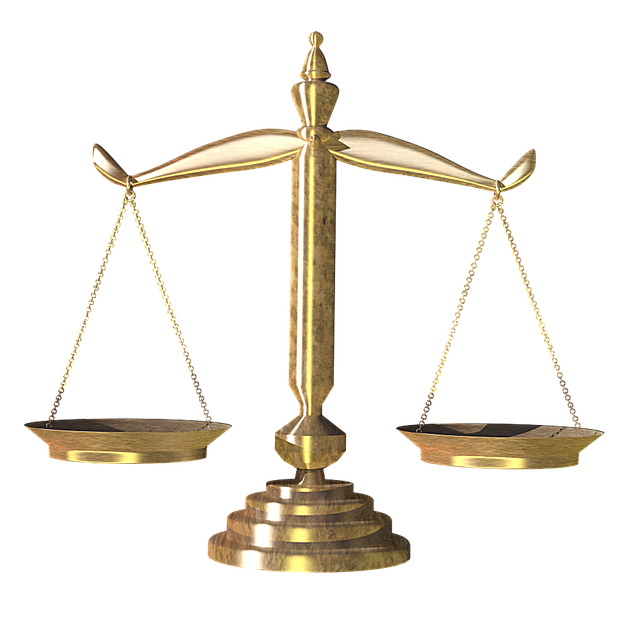We have just seen that linear formulas can intersect. If two linear formulas intersect, it is interesting to know where this intersection point lies. Sometimes, this can be easily read from the graph, but it is often not really precise. Therefore, we will introduce a method to determine the intersection point of two linear formulas. We will first focus on determining the #x#-coordinate of this intersection point.
If you set two formulas equal to each other, we get a linear equation. For example, consider the formulas #\blue{y=x+1}# (solid) and #\green{y=2x}# (dashed). If we set these two equal to each other, we get the linear equation \[x+1=2x\] The solution of the linear equation with unknown #x# is the value of #x# for which the equation is correct.
We now want to see how we solve a linear equation. To do this, we apply steps where the equations remain the same. We call these equivalent equations.
| Two equations with exactly the same solution are called equivalent. To indicate this equivalence, we use the symbol #\Leftrightarrow#. |
Example
\[\begin{array}{rcl}2x+2=1 &\Leftrightarrow&2x=-1 \\ \\ 3x=2 &\Leftrightarrow& 6x=4 \end{array}\]
|
There are a few rules with which we can make equivalent equations. With these rules, we can systematically rewrite the linear equation to the form #x=a#, in which #a# is a number. This is called reducing the equation. We will now discuss the allowed steps.
|
Two equations are equivalent if we can add or subtract the same term on both sides.
We usually put equivalent equations below each other, like on the right-hand side here.
|
Example
\[\begin{array}{rrcl}&3x+4&=&5\\ &3x+4-4&=&5-4 \\ & 3x&=&1\end{array}\]
|
|
This rule can be explained by considering the equation as an old-fashioned scale. Here, we have two types of blocks: blocks with #x# kilo (the terms with #x#) and blocks of #1# kilo (the numbers).
On the left hand of the scale, we have the left-hand side of the equation, and on the right-hand scale, the right-hand side of the equation. The scale is in balance since both sides of the expression are equal.
If we add a block of #x# on both sides of the equation, the scale remains in balance. The same holds for removing blocks of 1 kilo (numbers) instead of #x# kilo.
|
 |
Example
If we consider the equation #4x+2=3x+5#, the left-hand scale contains #4# blocks of #x# kilo and #2# blocks of #1# kilo. On the right-hand scale, we have #3# blocks of #x# kilo and #5# blocks of #1# kilo.
| |
Left-hand scale |
Right-hand scale |
| Original equation |
#4# blocks of #x# kilo and #2# blocks of #1# kilo |
#3# blocks of #x# kilo and #5# blocks of #1# kilo |
| On both sides remove #2# blocks of #1# kilo |
#4# blocks of #x# kilo |
#3# blocks of #x# kilo and #3# block of #1# kilo |
| On both sides remove #3# blocks of #x# kilo |
#1# block of #x# kilo |
#3# blocks of #1# kilo |
In all three steps, the scale is in balance since we did the same on both sides of the scale. Because of that, we know that the block of #x# weighs #3# kilo. Hence, the solution to the equation is #x=3#.
We can check this by entering #x=3# in the original equation: \[4 \cdot 3 +2 = 3 \cdot 3 +5\]
| Two equations are equivalent if you multiply or divide both sides by the same number. This number cannot be equal to #0#. |
Example
\[\begin{array}{rcl} \frac{1}{2}\cdot x+2&=&5 \\ 2 \cdot \left(\frac{1}{2}\cdot x+2\right)&=&2 \cdot 5 \\ x+4&=&10 \end{array}\]
|
Once again, this rule can be explained by means of a scale. If both sides of the scale are in balance, and we put exactly twice the original amount on both scales, the scale is still in balance. The same holds if we put exactly three times the original amount on both scales or half of the original amount.
Example
If we have the equation #4x=8#, we have #4# blocks of #x# kilo on the left-hand scale. On the right-hand scale, we have #8# blocks of #1#.
| |
Left-hand scale |
Right-hand scale |
| Original equation |
#4# blocks of #x# kilo |
#8# blocks of #1# kilo |
| Divide both sides by #4# |
#1# block of #x# kilo |
#2# blocks of #1# kilo |
In both steps the scale is in balance. Hence, a block of #x# kilo weighs #2#. The solution to the original equation is #x=2#. We can check this by entering #x=2# in the original equation. We then have:
\[4 \cdot 2 =8\]
With the help of these two allowed steps, we can solve a linear equation step by step. The examples below show how.
Find the unique value of #x# for which #-5\cdot x+4=-4# is true.
Give your answer in the form #x=\ldots# and simplify as much as possible.
#x={{8}\over{5}}#
#\begin{array}{rcl}
-5\cdot x+4&=&-4\\
&&\phantom{xxx}\blue{\text{the original equation}}\\
-5\cdot x&=&-8\\
&&\phantom{xxx}\blue{\text{subtracted }4\text{ from both sides}}\\
x&=&\dfrac{-8}{-5}\\
&&\phantom{xxx}\blue{\text{both sides divided by }-5\text{ }}\\
x&=&\displaystyle {{8}\over{5}}\\ &&\phantom{xxx}\blue{\text{right-hand side simplified }}
\end{array}#
 Linear equations
Linear equations





